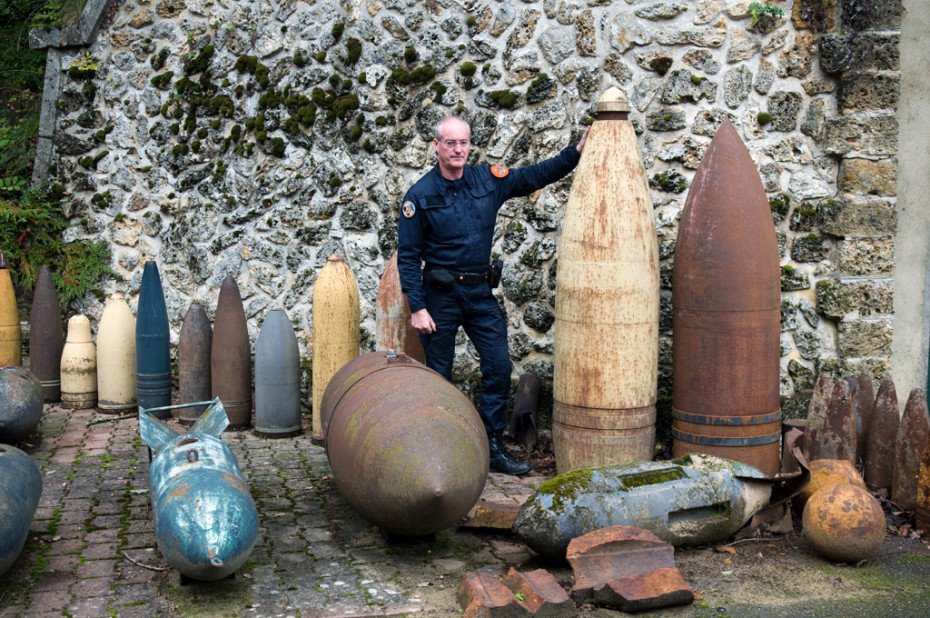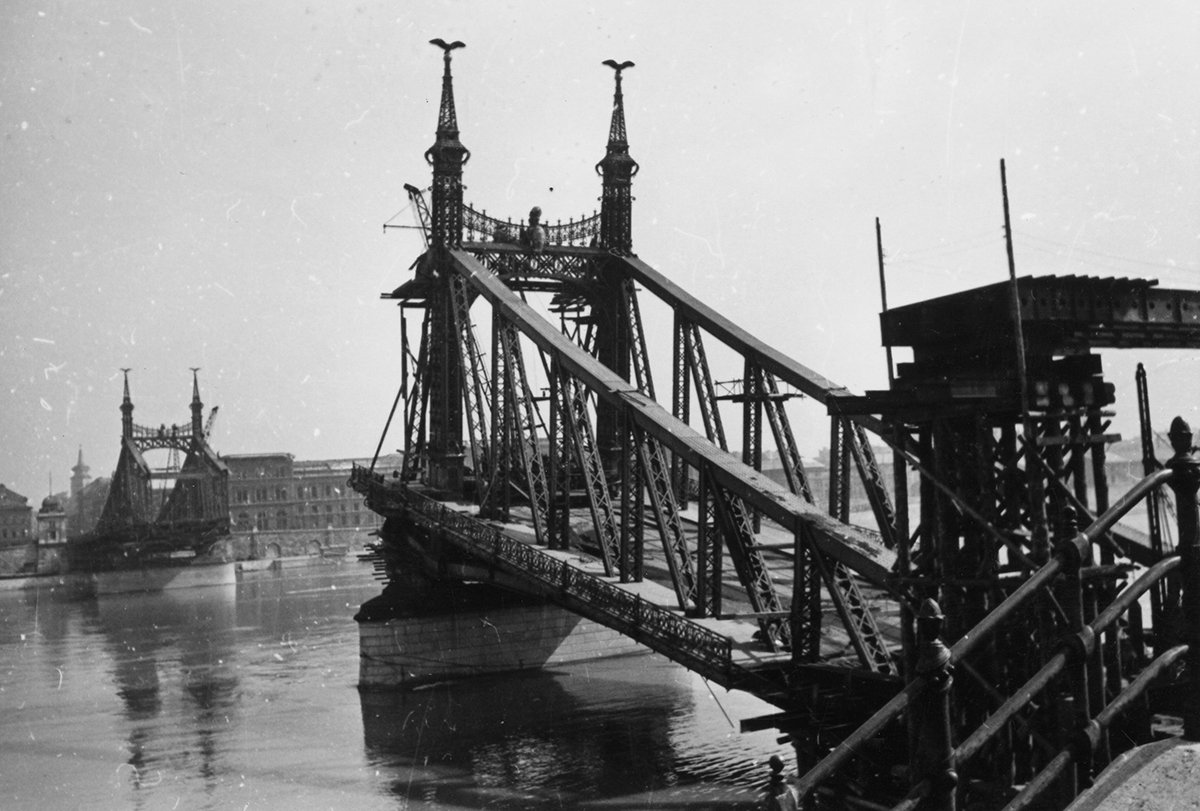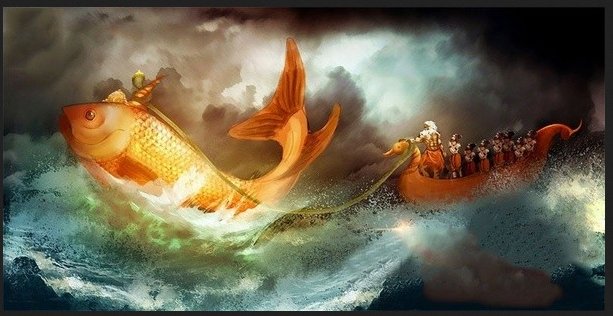This would become known as the red zone, or "Zone Rouge".
(Olivier Saint Hilaire owlcation.com/humanities/zon…)

The ruined villages were overgrown with trees & vines, while grass crept over the troughs of the scarred landscape.
(Michael St. Maur Sheil fieldsofbattle1418.org)
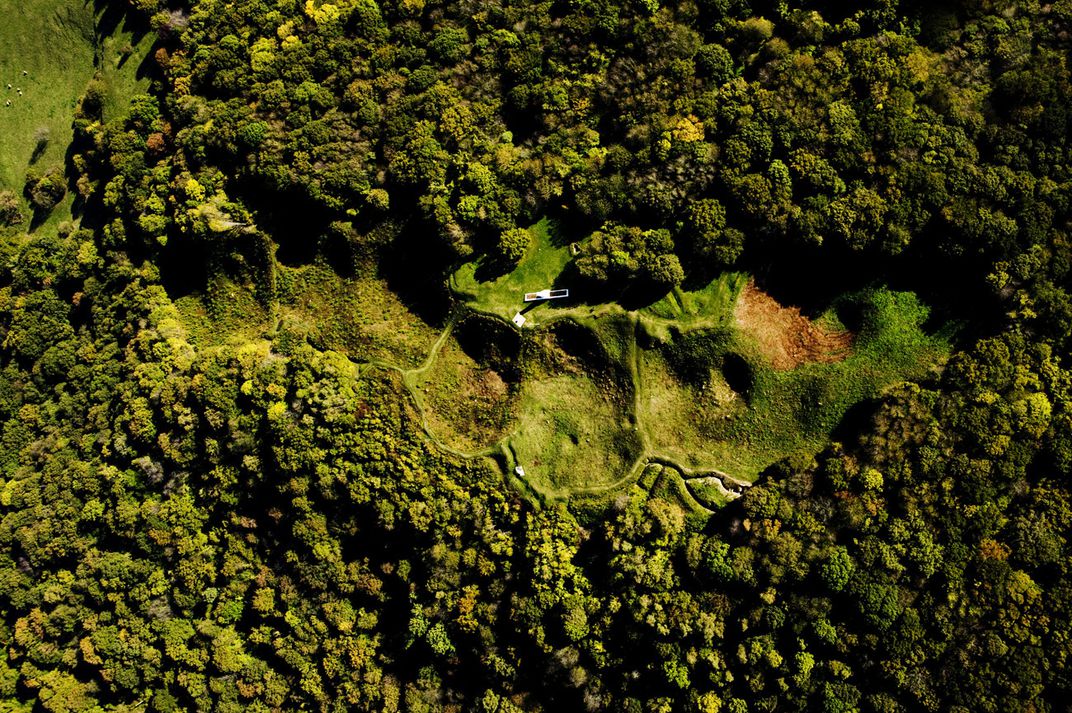
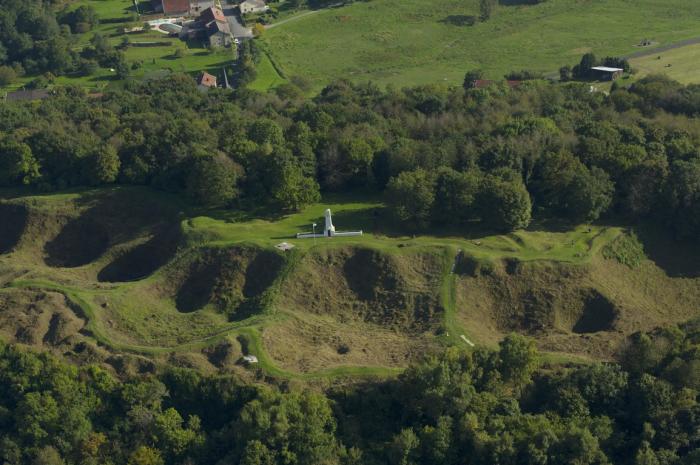
(Michael St. Maur Sheil fieldsofbattle1418.org)
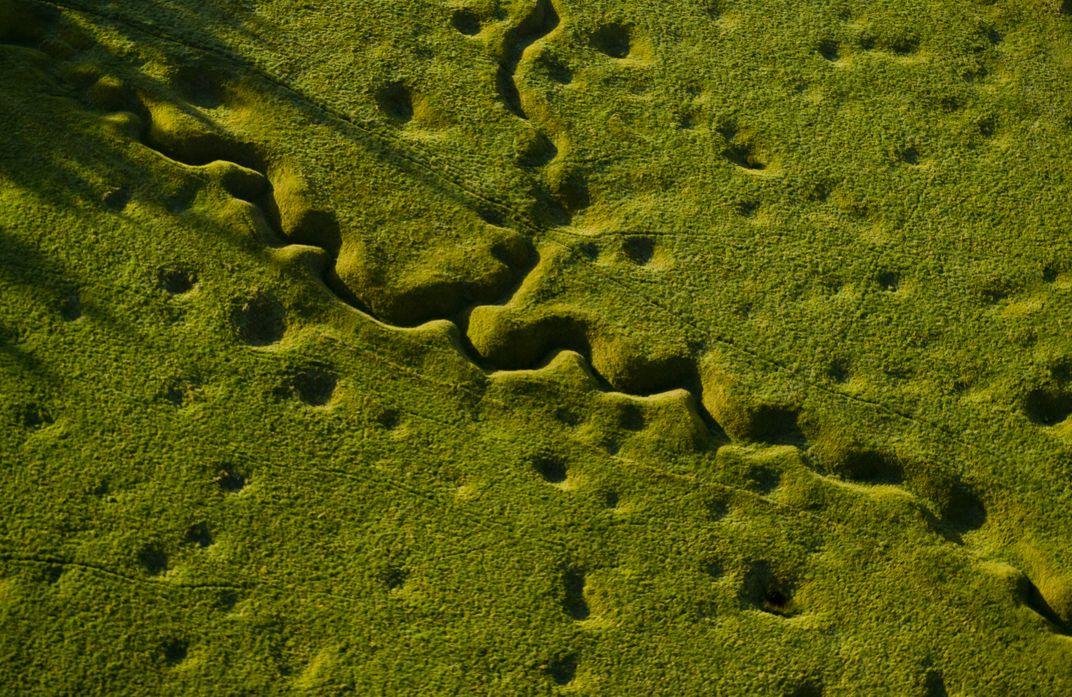
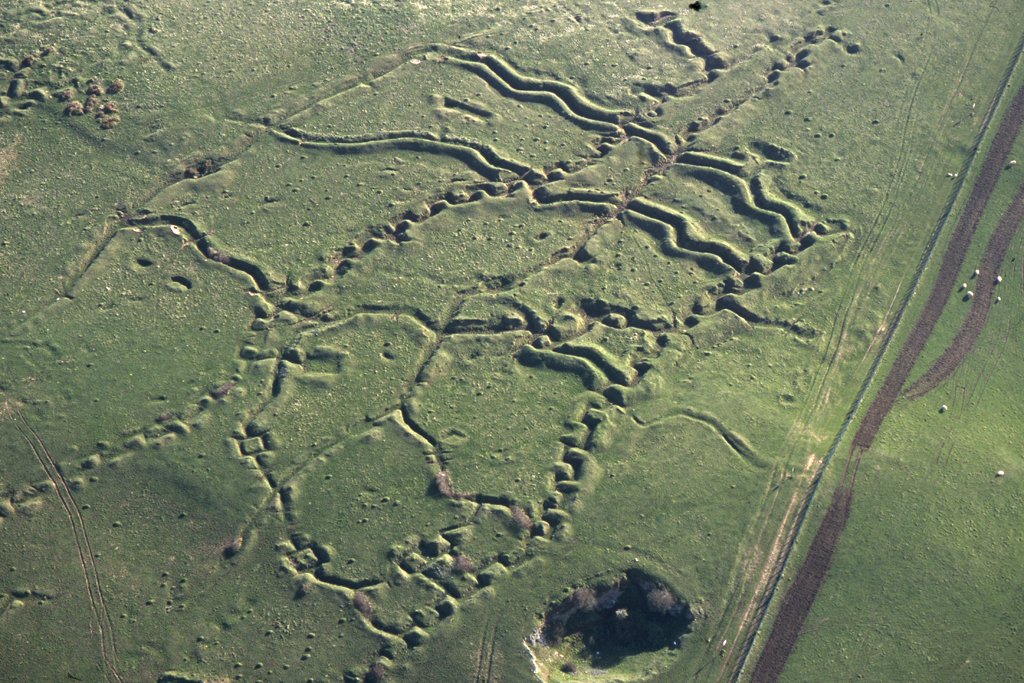
Its authors describe a peculiar flourishing of snails & rodents, voles & collared mice, as well as an "explosion in the population of wildcats".

On two pieces of land close to Ypres and Woëvre, a study by Bausinger et al (ncbi.nlm.nih.gov/pubmed/17555801) found that 99% of plants still die, & arsenic can constitute up to 17% of the soil.
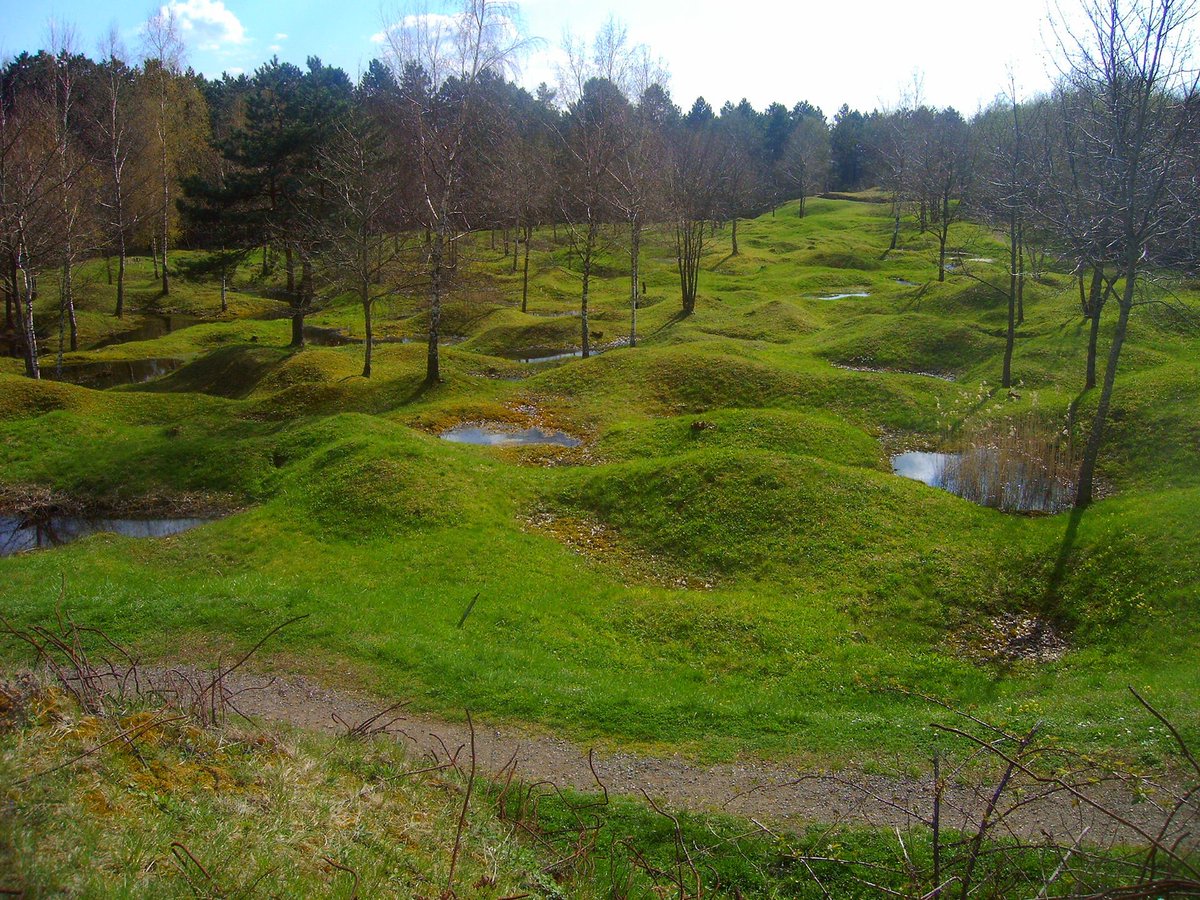
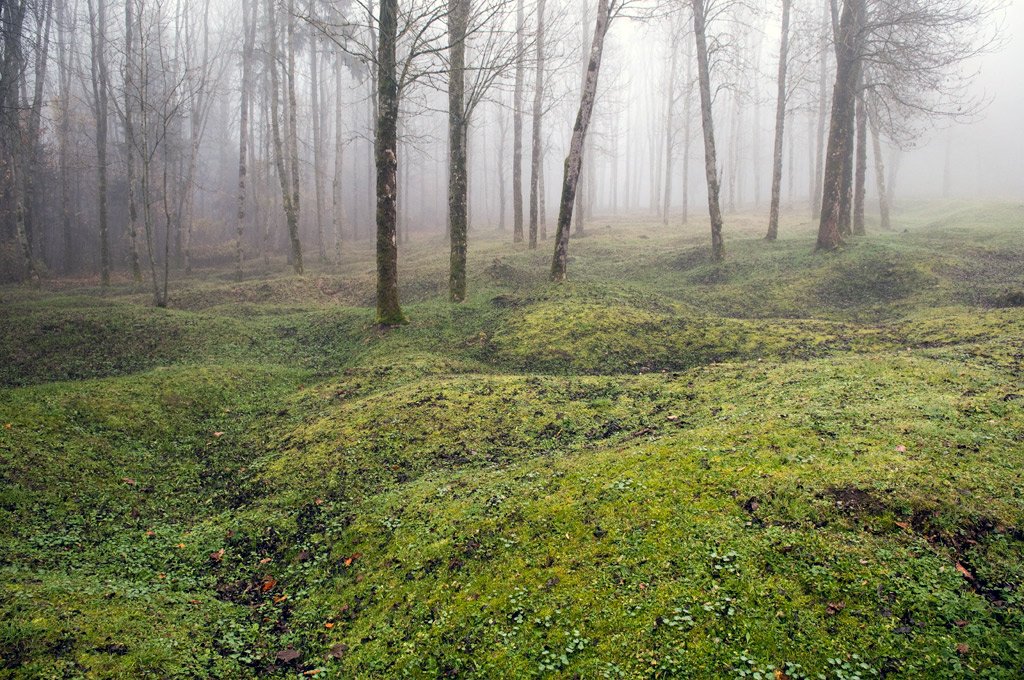
"Douaumont, destroyed village"
(Olivier Saint Hilaire owlcation.com/humanities/zon…)

"Here stood the church"
(Olivier Saint Hilaire owlcation.com/humanities/zon…)
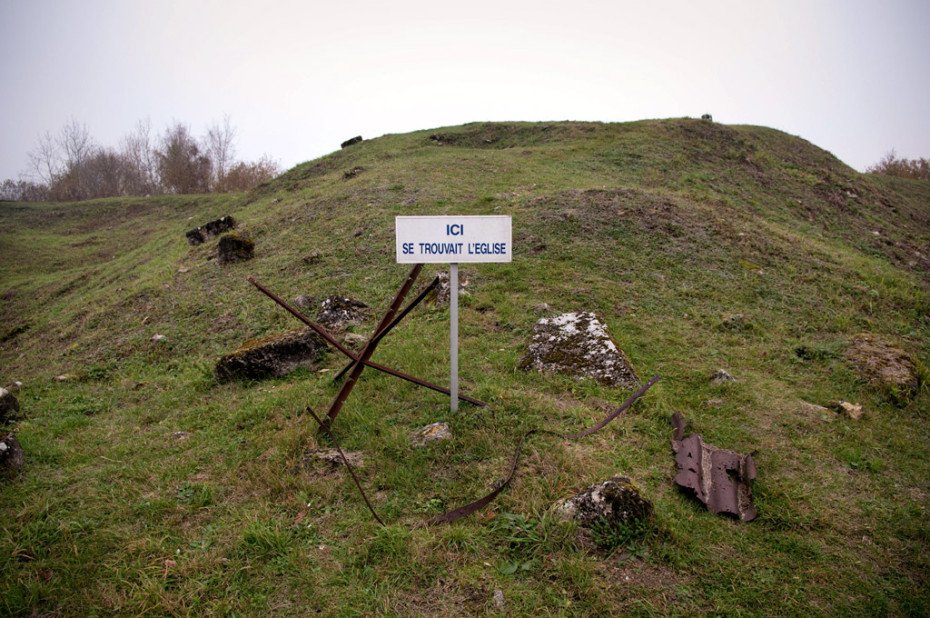
"School hall" / "High street"
(Olivier Saint Hilaire owlcation.com/humanities/zon…)
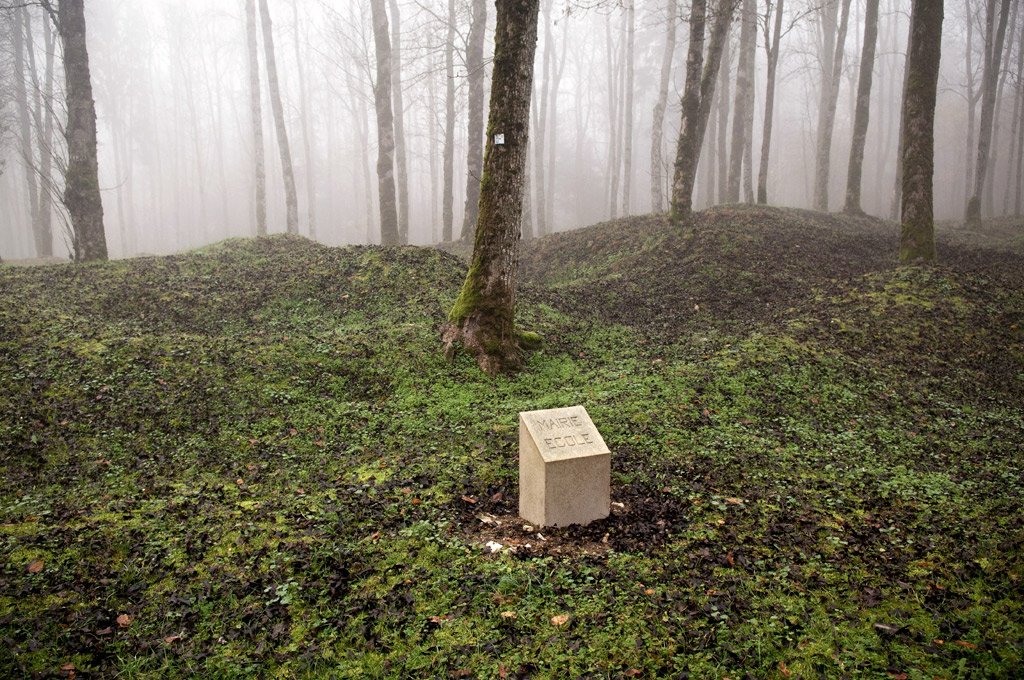
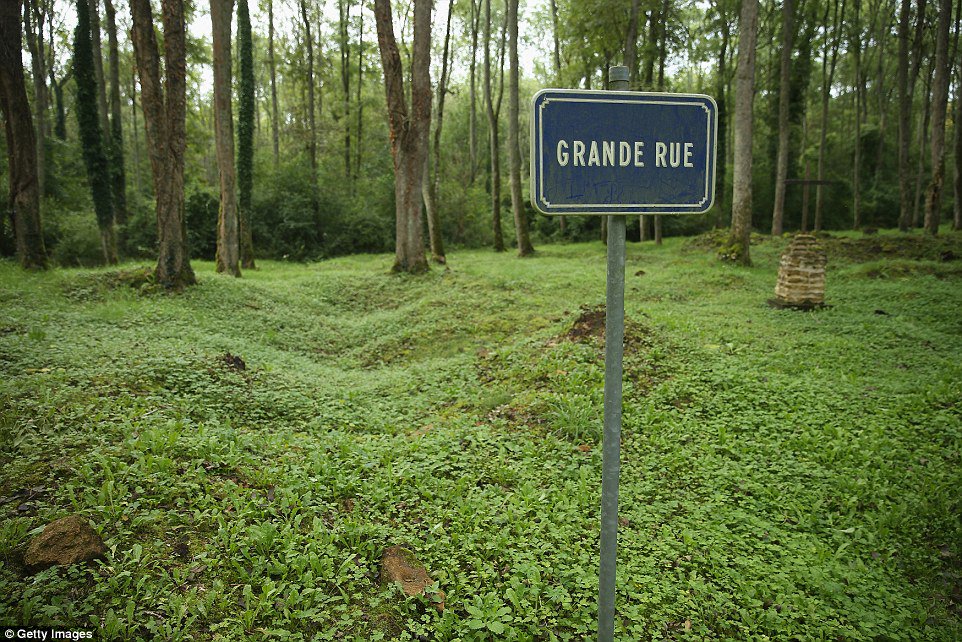
(Olivier Saint Hilaire owlcation.com/humanities/zon…)
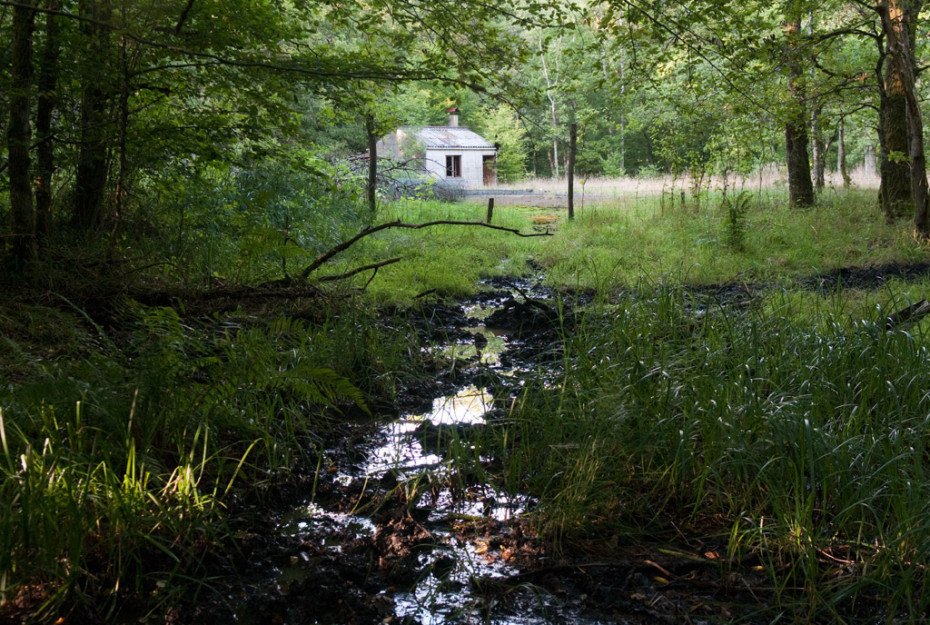
(Olivier Saint Hilaire owlcation.com/humanities/zon…)
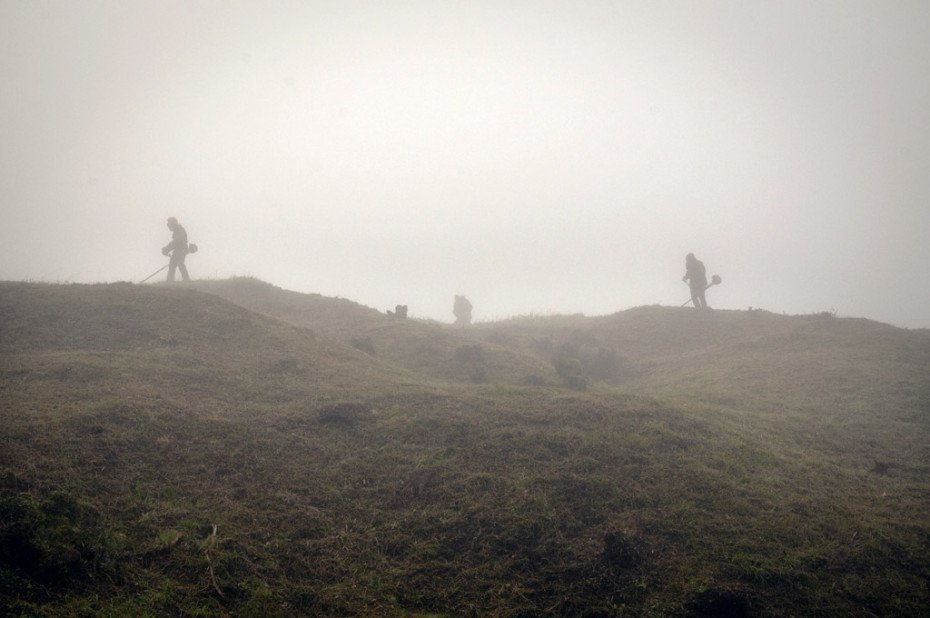
"At these sites a sense of place is powerfully created by a legacy of destruction"
- Stephen Miles, in "Displaced Heritage", ed. Convery et al.
(books.google.co.uk/books?id=9ZafB…)

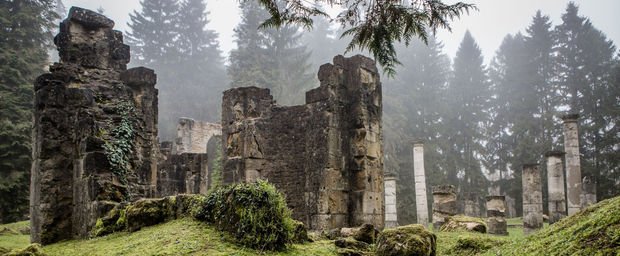
Monsters still lurch up out of the earth. Enormous shells are dug up. Whole tanks dredged from the ground where they sank over 100 years ago.
(Olivier Saint Hilaire owlcation.com/humanities/zon…)
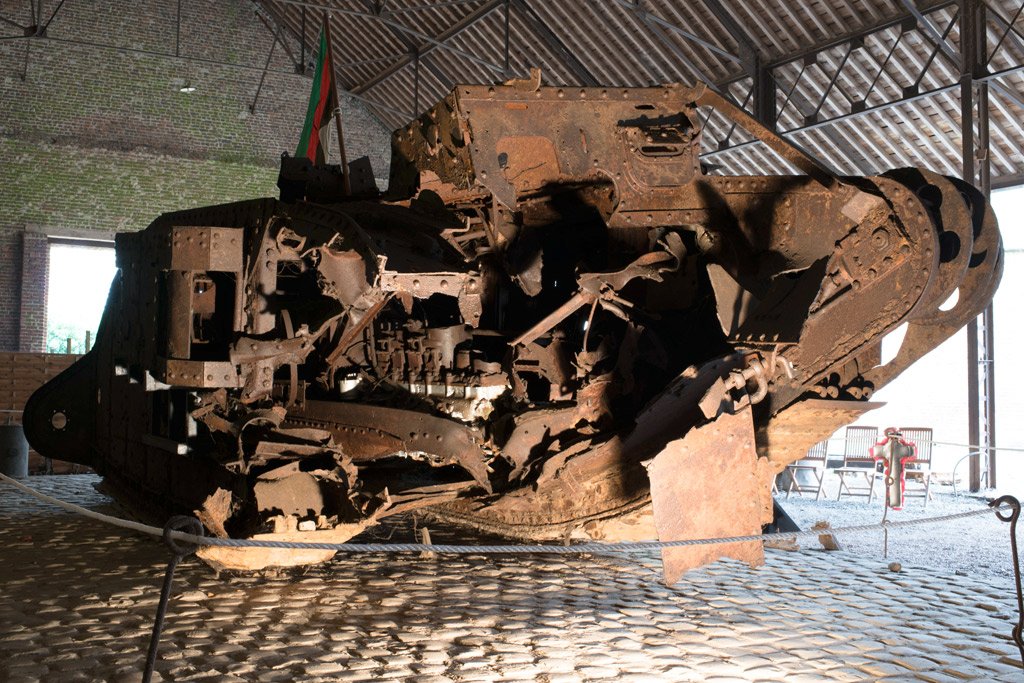
- Rising Above the Ruins in France, by Corinna Haven Smith (ia801409.us.archive.org/30/items/risin…)
- Displaced Heritage, ed. Convery et al. (books.google.co.uk/books?id=9ZafB…)
- Parent G.-H., 2004. Trois études sur la Zone Rouge de Verdun... (ps.mnhn.lu/ferrantia/resu…)
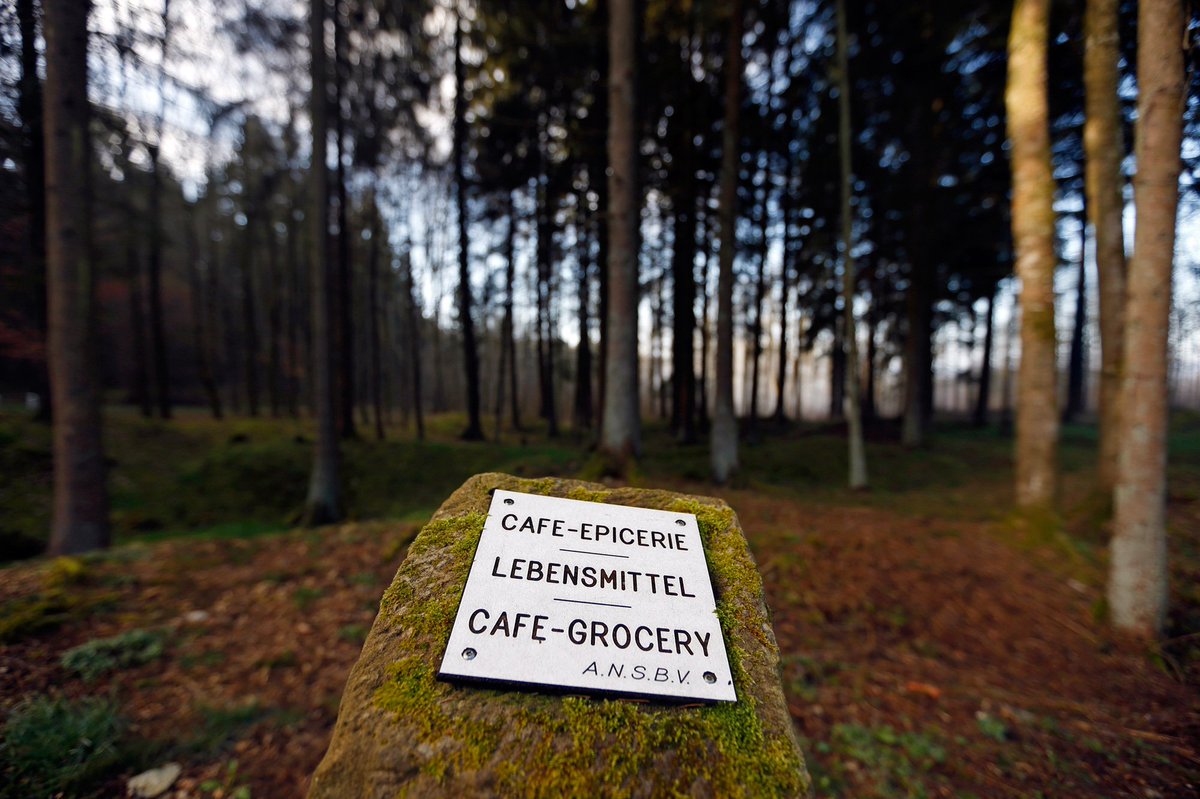
Please also check out the work of the photographer Olivier Saint Hilaire here: oliviersainthilaire.com/?page_id=93











